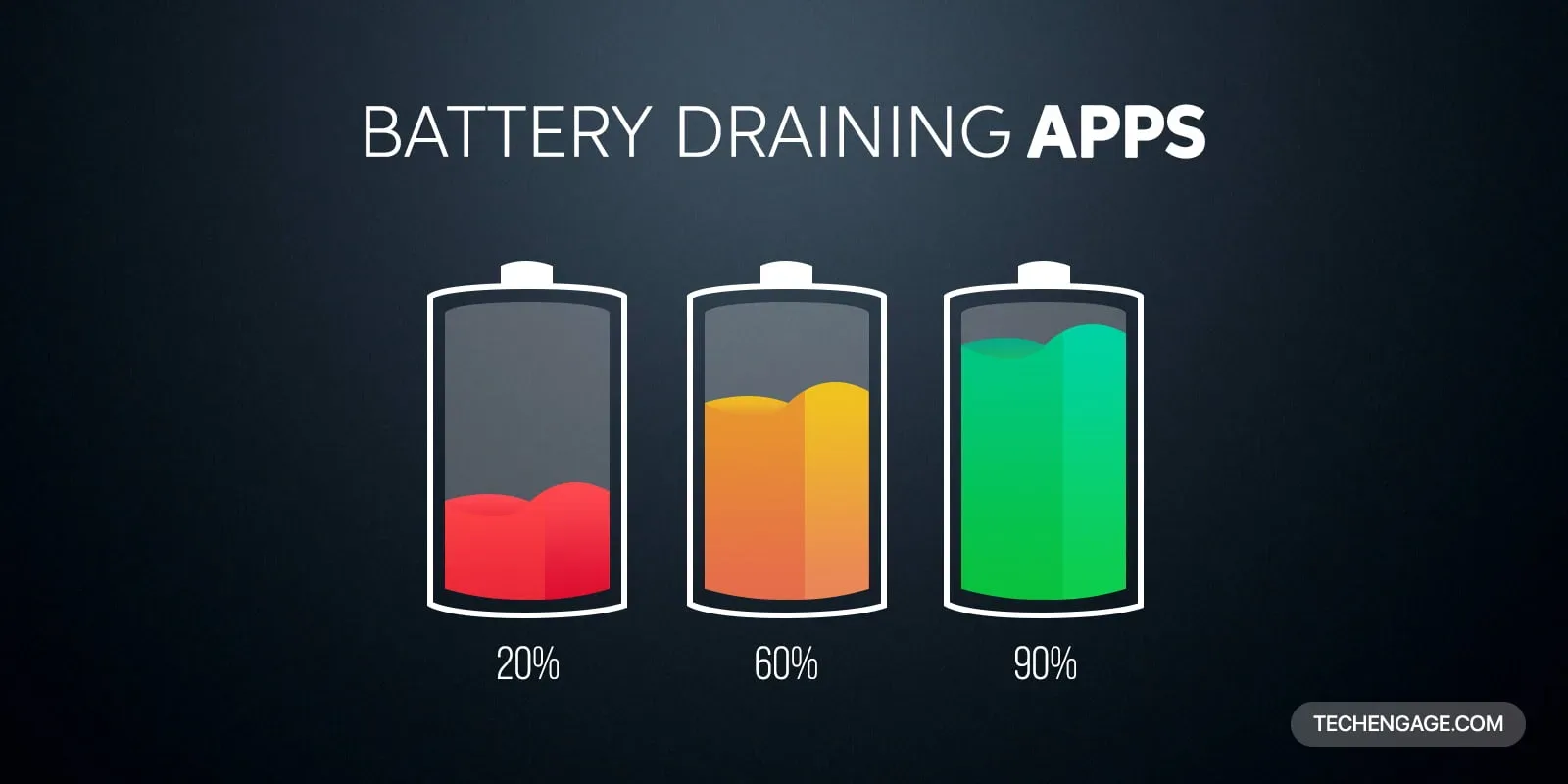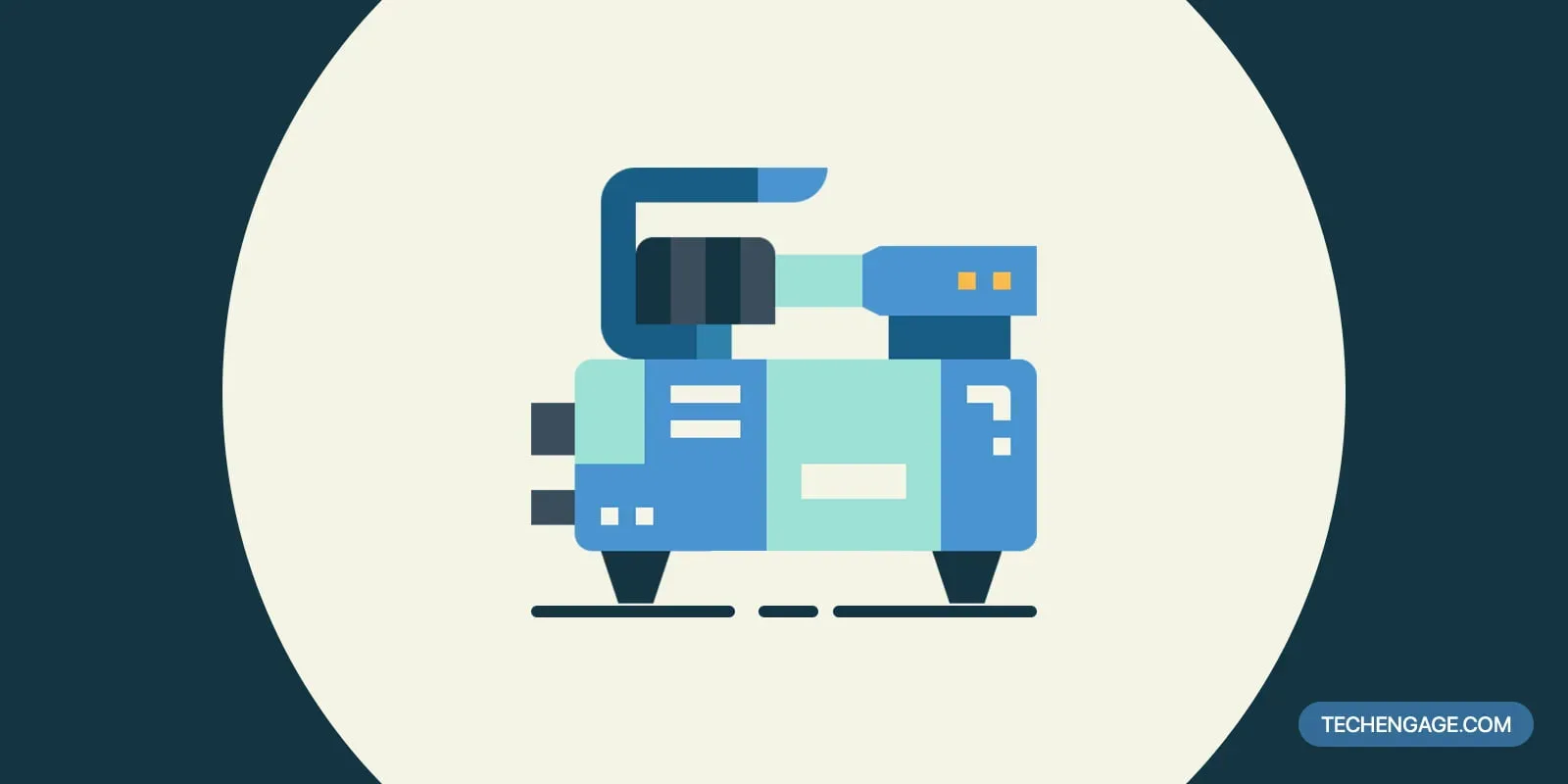Android devices have many cores, creating smooth apps should be a breeze for everyone, especially in this technically advanced era. This common belief might be more challenging than it seems. Performance testing plays a vital role in this scenario. Because everything on Android may be done in myriad ways, deciding on the optimal choice might take much work. To select the most efficient way, one must first understand what is happening behind the hood.
Fortunately, you don’t have to rely on your instincts or sense of smell because an Android app testing tool is available to assist you and detect the bottlenecks by measuring and reporting the happenings. Properly tuned and smooth apps increase the user experience while consuming less battery power. The app’s launch time is the first thing that every user observes.
Remember that premature optimization is the source of all evil. You should also avoid wasting time on micro-optimization. You will get the most advantage from optimizing code that is executed frequently.
Table of Contents
Best tips for optimizing Android apps
Time, as the wise say, is money! The smoother your program runs, the more difficult it will be to promote. It wouldn’t harm investing a few additional dollars for significantly increased performance, and it is an effective method.
In any case, keep in mind that premature optimization throughout the mobile app development process might ruin the entire game. You will need more than just spending time on micro-optimization. Attempt to optimize code that is to be executed frequently.
1. App size reduction
Smartphones still need strong GPUs. Even though some do not support 2G/3G, users often avoid downloading large programs, especially in a hurry. As a result, the less space it takes up on your phone, the better it is for consumers. And here’s an astonishing fact: poorly configured mobile phones account for most of the global Android market share.
2. Optimizing networking
When optimizing networking, the text is prioritized over the image. To optimize Android apps, load textual data first, followed by image-based information, which should be loaded asynchronously.
The app will use the internet to upload or receive data. One must correctly handle network requests. Cellular data and battery are two such network queries. Heavy usage of the mobile net and WiFi drains the battery quite quickly.
3. Choosing the appropriate data type
Before coding, one should choose the data types (that will be used) for the collection. Should you, for example, use a Vector or an ArrayList? It all depends on your application. If you require a thread-safe collection that only allows one thread to operate with it at a time, choose a Vector since it is synchronized. Otherwise, unless you have a compelling need to utilize vectors, you should stick to an ArrayList.
4. Updates on locations
There are several applications available that gather the user’s location. It would help if you used the Google Location Services API, which has many helpful services. I won’t go into detail about using it because there is a separate post.
5. Requests for network access
There is a reasonable probability that your program is downloading or uploading data over the internet. If it is, there are various reasons why you should pay attention to network requests. One is mobile data, which is entirely restricted for many individuals and should be well-spent.
The second is the battery. When utilized in excess, both WiFi and mobile networks can use a significant amount of it. Assume you wish to download 1 kb. To make a network request, you must first activate the cellular or WiFi radio, after which you may download your data. The radio, on the other hand, will not fall asleep soon after the surgery. It will remain somewhat active.
6. Screen dimensions
Screen sizes have caused much attention among developers since they provide significant hurdles. There are several Android smartphones available in a variety of designs and sizes. Your layout’s rigid dimensions will only adapt to a single orientation and screen size.
Therefore your app should support as many displays as feasible. Make sure your design accommodates diverse screen sizes and aspect ratios so that a more extensive range of users may use your app from various devices.
7. Improving memory usage:
Android provides RAM to users for multitasking purposes. Your program will have restricted RAM availability, which may fluctuate depending on how it is used. Such Android limitations, along with other background programs, eat unnecessary resources.
However, you can still improve Android app speed and memory use by:
a. Preventing memory leaks
Memory or activity leaks are one of the most severe issues you must address. What causes them? If you preserve a reference to a new activity in the code, you will keep the activity’s layout, including its views. This generates a small number of pixels you do not wish to store in memory.
Best tools for optimizing Android apps
Android gradually slows down with usage. Though development has improved the system, it has not prevented apps from producing garbage files that use your Android device’s precious resources.
As a result, the system’s performance suffers. That is when you should use performance-boosting software to do some optimization or maintenance activities. The former necessitates the release of storage, the prevention of slowdowns, and the acceleration of processes.
But don’t worry! There are several tools- Android app testing tool and performance testing tool- available for various maintenance tasks like cache clearing, improving boot-ups, boosting processing speeds, hibernating apps, switching the device to power-saving mode, and reducing background data.
1. HeadSpin
The performance testing tool, HeadSpin, facilitates optimizing digital experiences with the mobile app experience. It identifies and resolves performance issues across applications, devices, and networks.
2. Android Assistant
Android Assistant is another Android app testing tool used to remove caches and other temporary data, prevent startup programs that slow down the phone’s setup and install or uninstall multiple APKs or apps simultaneously without requiring user intervention.
The program is lightweight and will not consume much of your device’s resources. You can also migrate apps to auxiliary storage to free up space on your device’s internal storage and use the battery-saving mode to conserve battery energy and extend its life.
Conclusion
Optimization is a continuous process. It is a recurring task that must be completed regularly to speed up the gadget. You may conduct the maintenance procedures as needed or regularly to keep your Android device in good working order.



